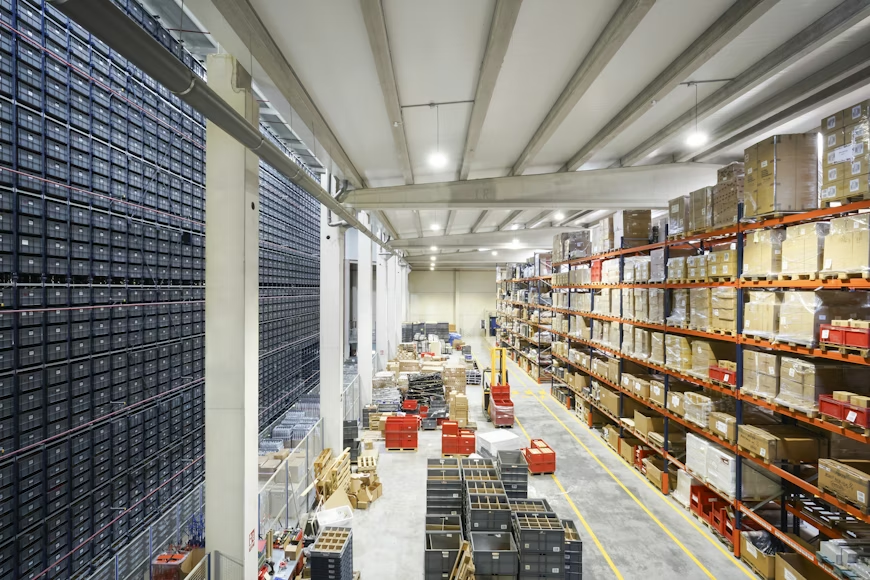Darin Miller, National Director for Marine at Sedgwick, provides an outlook for the shipping industry this summer amidst ongoing militant attacks on merchant vessels in the Red Sea.
The shipping industry has experienced significant disruptions over the past few years. COVID-19 severely impacted the sector and the global economy by reducing the number of available port staff and slowing cargo processing. Shipping lines had to reduce the number of operating ships, leading to container shortages and lengthy delays, which ultimately increased freight rates.
In 2021, the blockage of the Suez Canal, a critical freight route, further delayed the transportation of goods and significantly slowed trade between Europe, Asia, and the Middle East.
Recent months have seen additional disruptions due to militant attacks on merchant vessels in the Red Sea, linked to the Israel-Hamas conflict. Hundreds of commercial vessels have had to detour around the Cape of Good Hope near the southern tip of Africa to avoid attacks from Houthi rebels. Additionally, vulnerabilities were exposed following the collapse of the Francis Scott Key Bridge in Baltimore in March.
With ongoing conflict in the Red Sea and fragile global supply chains, the shipping industry is expected to face another turbulent summer. Darin Miller from Sedgwick, a global provider of risk, benefits, and integrated business solutions, describes the current situation.
“Container rates, which dropped last year, have now nearly doubled over the past six months from approximately $3,000 to $6,000,” he says. “These increased costs will inevitably be passed on to the end user.”
Miller notes that a significant factor driving this rate fluctuation is the disruption in the Red Sea, which forces reroutes around Africa and causes significant delays. This has led to container congestion in Asian ports, with some delays in Singapore extending up to a week.
“Even if the Middle Eastern turmoil were resolved today, it would still take months for shipping congestion and high container rates to stabilize, suggesting these conditions will persist throughout the summer.”
Miller also highlights that while the extended shipping timelines have a more direct impact on the UK, France, Northern Europe, and the Middle East, most deliveries to the West Coast of the US remain unaffected despite some delays due to Asian port congestion. He suggests that the US will likely experience “invisible inflation,” with increased costs impacting lower-value goods more than high-value items.
“Consumers buying from small businesses will feel the $3,000 container rate increase more acutely than those purchasing high-value items like iPhones,” he continues. “This discrepancy is partly because big-box retailers have ongoing contracts with container shipping lines at lower rates, whereas smaller businesses will face inflated rates to fulfill orders. Consequently, while big-box retailers might withstand these pressures, smaller retailers are at greater risk of lowered profitability.”
Your source for supply chain report news updates: The Supply Chain Report. For international trade insights and tools, head to ADAMftd.com.
#ShippingChallenges #Logistics #GlobalTrade #SupplyChainDisruption#SupplyChainNews

















